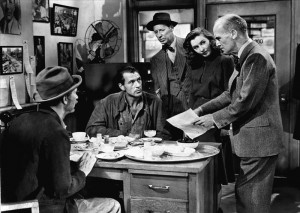Wisconsinites Like Truth-in-Sentencing . . . Sort Of
The latest edition of the Marquette University Law School Poll includes some interesting data on sentencing policy. I’m grateful to Professor Charles Franklin for collaborating with me in putting the questions together. The results are here (note that the sentencing questions start at Q25a).
The primary purpose of the questions was to determine the attitudes of Wisconsinites toward truth-in-sentencing, which was adopted by the state legislature in 1998. The questions are timely in light of recent political debates over new early release opportunities for prison inmates, which were embraced by the legislature in 2009, but then repealed two years later. Early release undercuts truth-in-sentencing by introducing uncertainty into the actual date that inmates will be released. Indeed, critics of the 2009 reforms complained — in what was probably a bit of an overstatement — that the new early release mechanisms “gutted” truth-in-sentencing.
At first blush, the new poll seems to provide strong support for the 2011 repeal and the return to a purer form of truth-in-sentencing: a decisive 63% majority agreed that “truth in sentencing should continue to be the law in Wisconsin.” (25c) Moreover, only 27% agreed that “many of the people who are locked up in prison do not deserve to be there,” and only 37% agreed that “many of the people who are locked up in prison could be safely released without endangering the community.” (27d, e)
But the story is a little more complicated than might first appear.


